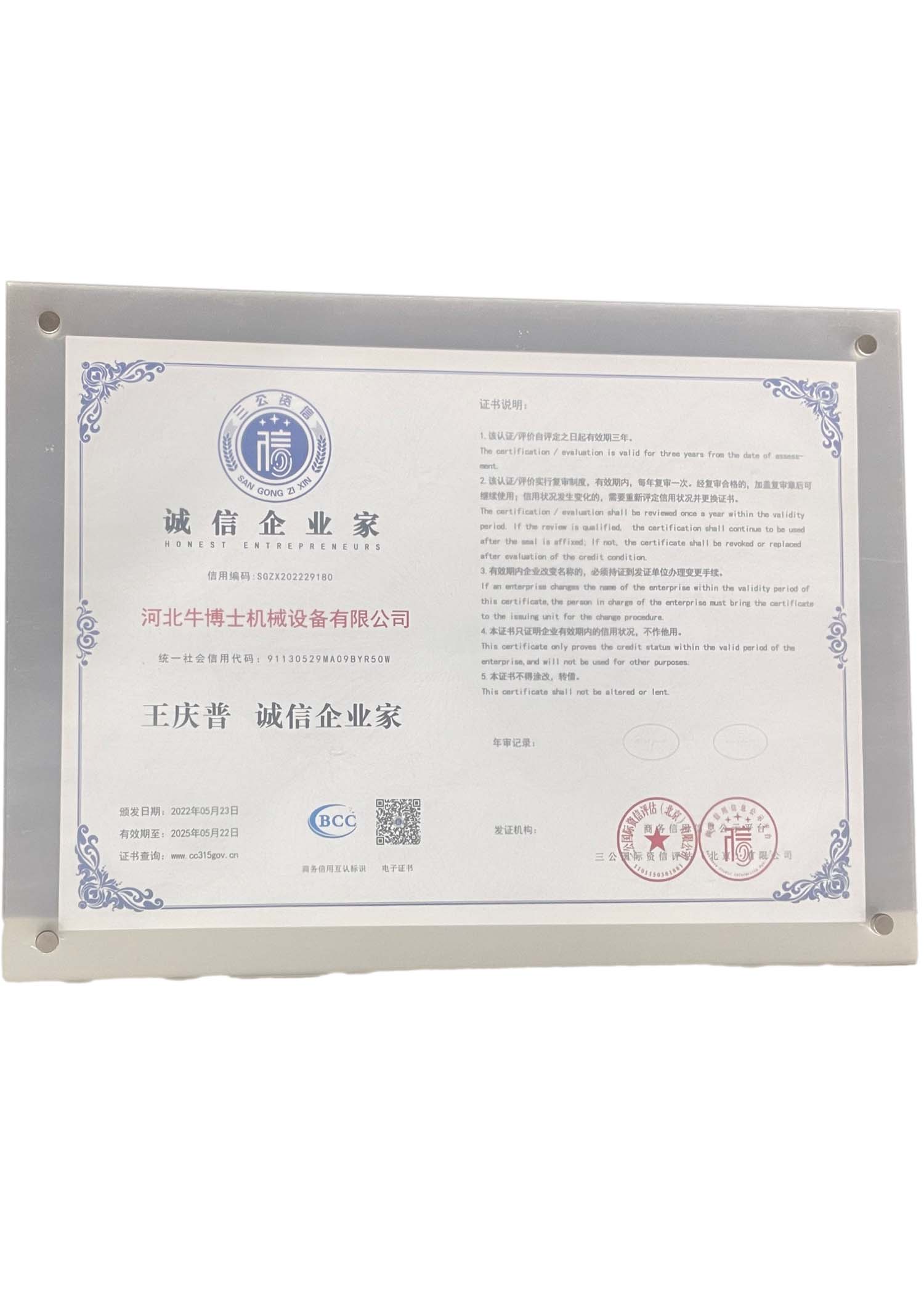The Advantages and Innovations of Modern Wheat Cutting Reapers in Agriculture Today
The Evolution and Impact of the Wheat Cutting Reaper
The wheat cutting reaper stands as one of the most significant inventions in agricultural history, revolutionizing the way farmers harvest their crops. The development of this machine significantly increased efficiency in wheat production, allowing farmers to cultivate larger areas with less manpower. In the following paragraphs, we will explore the origins, advancements, and lasting effects of the wheat cutting reaper on agriculture.
The invention of the reaper can be traced back to the early 19th century, with notable figures such as Cyrus McCormick playing a pivotal role. In 1831, McCormick patented his mechanical reaper, which effectively mechanized the process of cutting standing wheat. Before this, the labor-intensive method of harvesting involved manual labor with sickles and scythes, which was not only time-consuming but also physically demanding. McCormick’s reaper utilized a series of blades to cut the grain and a sickle bar that worked in conjunction with a rotating reel powered by horsepower, transforming agricultural practices.
The introduction of the reaper marked a turning point in the agricultural landscape. It allowed farmers to harvest wheat at a much faster pace—estimates suggest that one reaper could do the work of several dozen men. This innovation alleviated labor shortages, especially during peak harvest seasons, and enabled farmers to increase their yields. The increase in efficiency not only enhanced food production but also contributed to the growth of rural economies as surplus crops could be sold in markets.
wheat cutting reaper

As technology progressed, so did the reaper itself. Various modifications improved its design, and by the late 19th century, the combined harvester emerged, which could both cut and thresh the grain in one operation. This further simplified the harvesting process and laid the groundwork for modern agricultural machinery. Not only did the combined harvester speed up operations, but it also reduced the need for labor, which was particularly advantageous during periods of labor shortage.
The impact of the wheat cutting reaper extended beyond merely enhancing productivity
. It played a crucial role in shaping agricultural practices and rural societies. The increased efficiency and productivity allowed farmers to diversify their crops and engage in more extensive farming. Consequently, farmers could focus on larger plots of land, leading to the rise of commercial farming and a shift away from subsistence agriculture.Moreover, the wheat cutting reaper sparked significant socio-economic changes. As farming became more mechanized, it led to the establishment of agribusinesses, which streamlined processes from production to distribution. This industrialization of agriculture influenced urban migration patterns, with individuals and families moving to urban centers in search of work in factories and other industries. The rural populace faced profound changes as traditional farming methods were replaced by modern practices.
In conclusion, the wheat cutting reaper was a transformative invention that fundamentally changed the face of agriculture. With its contribution to efficiency and productivity, it not only allowed farmers to enhance their harvests but also ushered in broader economic and social changes. As we reflect on the importance of the reaper, it is essential to recognize its legacy in shaping modern agriculture and its continuing influence on food production today. The seeds of innovation planted by pioneers like Cyrus McCormick have blossomed into a complex agricultural landscape that feeds the global population, proving the enduring importance of technological advancement in farming practices.
Latest news
-
When to Upgrade Your Old Forage HarvesterNewsJun.05,2025
-
One Forage Harvester for All Your NeedsNewsJun.05,2025
-
Mastering the Grass Reaper MachineNewsJun.05,2025
-
How Small Farms Make Full Use of Wheat ReaperNewsJun.05,2025
-
Harvesting Wheat the Easy Way: Use a Mini Tractor ReaperNewsJun.05,2025
-
Growing Demand for the Mini Tractor Reaper in AsiaNewsJun.05,2025







